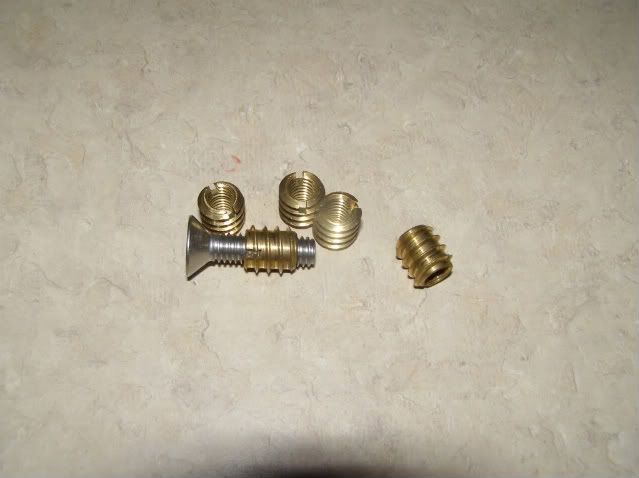While poking around the shop during clean-up I noticed what were called nutserts, they are inserted into wood or metal and designed to give you a threaded hole they come in different sizes and are ribbed to hold tight into the wood.
My question is would this be useful for mounting my seats to my boat? I would also use it for other items that would be mounted to the deck as well, and this way they could be removable and the holes could be temp plugged with rubber plugs to keep water out.
Opinions?? or other options??
My question is would this be useful for mounting my seats to my boat? I would also use it for other items that would be mounted to the deck as well, and this way they could be removable and the holes could be temp plugged with rubber plugs to keep water out.
Opinions?? or other options??





















